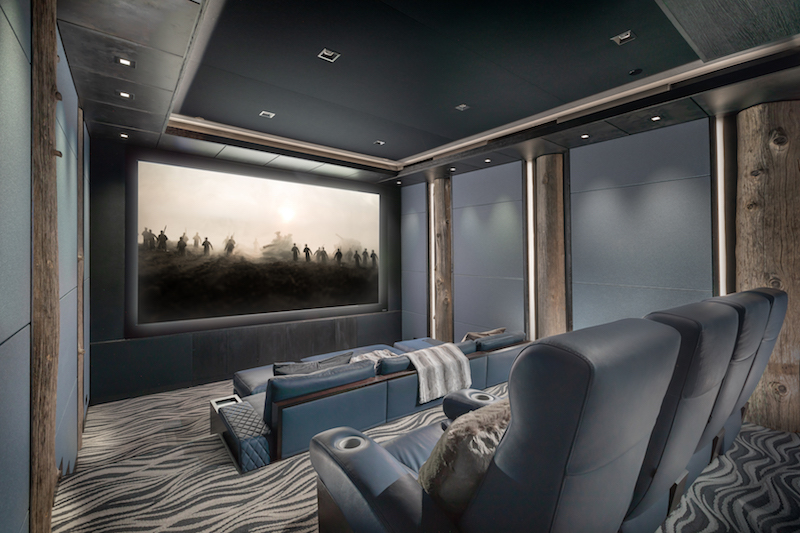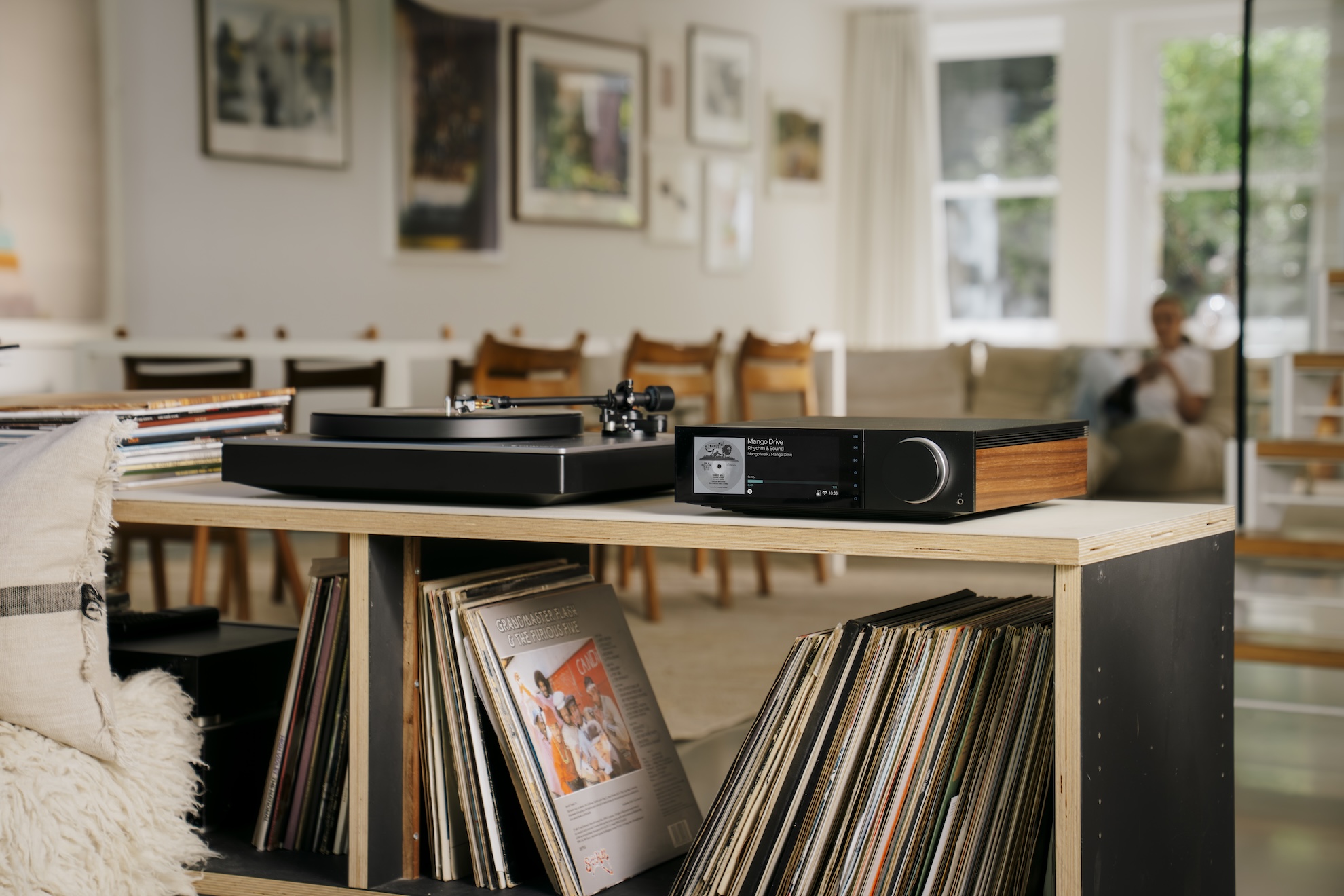Do We Need 40,000 Screens in America?
“It’s not just about catering to the theater-going audience,” Srinivasan said. “It happens to be the biggest marketing push that content owners depend on. The question is, though, do we need 40,000 screens in America? The answer is probably not. Alternatively, with the increased interest in home entertainment, once the public becomes aware of the availability and advantage of a great home cinema, more and more will want to have a screen for themselves.”
What about day-and-date movies? Kaleidescape VP of Engineering Mark McKenzie answered, “If we can do day-and-date or premium rentals that would be available for the home and provide a cinematic experience, of course, we will do it.
Kaleidescape’s reason to exist, our “why,” is about bringing the movie theater home – taking that experience that the artist created, to be experienced in the movie theater, and doing that at home. So, when Kaleidescape goes all in on this premium-rental, early-window offering, it’s going to be a true cinematic experience.”
Tech Integrators Serve as Our Sommeliers
Nascent cinema connoisseurs look to experts to guide them. One such cinema sommelier is Kevin Cook, of Amplified Lifestyles in San Francisco, CA, who has the challenge of navigating a shifting landscape. Never more than today, there is a demand for providing a movie experience in the home and never have there been more mixed messages.
Asked about the current state of the movies and the impact on private cinema for their clientele Cook explained, “People aren’t going to theaters right now, and it seems the world as we know it is permanently changed. People are going to spend more time in their homes. New studios have popped up and provide a lot of alternative content that people can watch at home. From my perspective, the film industry needs to figure out a way to deliver content to the home. Private theaters are on the rise.”
Cook noted that clients will make choices based on their desire for an experience, intended use, and price. “We offer alternatives that deliver different levels of experience based on our understanding of their goals, priorities, and past experiences,” Cook explained. “People make decisions a lot based on their experiences because our reality is based on what we know.”
According to Cook, his clients’ number one priority for their private theaters is a quality cinematic experience. “Thus, we recommend a Kaleidescape Strato 99 percent of the time,” he stated. “For the money, there is not a better way to deliver that quality experience. Uncompressed AV quality and the user interface make that happen. In a recent theater we were delivering to our client, we played through pre-selected scenes for a lot of his favorite movies. The sound, the images, and the entire experience were great. The client heard and saw so much that he had never seen before and had a great time! This is something the public needs to be made aware of. If consumers knew what a difference in quality meant, more would be inclined to choose this superior experience.”
The Private Cinema Owner is the Connoisseur
Vineyards, wineries and wine cellars would have no raison d’etre without the connoisseur. William Erb can be considered a true home cinema connoisseur. Seated in his newly completed private cinema, Erb shares his passion, some frustrations, and aspirations, as well. He is a second-time private cinema owner, and his new cinema represents a very purposeful journey to create an environment where he and his wife, Suzanne, can experience maximum enjoyment of the artform they love: film.
Erb identified with the wine analogy, and I asked what kind of content he would curate for his “wine cellar” (private cinema). After a thoughtful pause, Erb answered, “In a perfect world everything would be on Kaleidescape. For me – and not as a promotion for them – when I first became a Kaleidescape owner in 2015, I contacted them to urge them to expand their online store to offer more cinephile-, arthouse-type of content.
“Kaleidescape,” Erb added, “is a group of engineers who are dedicated to a creating an intuitive user experience with the highest quality of audio and video reproduction, but they follow the lead of the major movie studios for their content marketing. I believe the interface is great and easy to use, and the reproduction quality they deliver is excellent, but many of the titles they offer are more mass-market than my personal taste. To be fair to them, in the last couple of years they have worked hard to license content from more independent studios, and they also have a lot of great international titles.”
Criterion is the Ultimate Film Curator
Erb says that the Criterion studio is an example at the opposite extreme. “Their primary focus is on the curation of noteworthy films, and they are in a class of their own in that regard. I’m continually interested in what they’re doing. They have a long history of innovation – letterboxing started with them for example. So did supplemental features on discs. Somebody once called Criterion “film school in a box.”
Erb’s perfect scenario, therefore, is a marriage of Kaleidescape and Criterion. That would provide both major studio and arthouse films at the highest level of audio and video file quality, downloaded and stored on a cinema management system with a great interface.
Just like Erb, I urge you and our growing community of cinema connoisseurs to keep dreaming like this. And to the rest of us – cinema designers, content curators, integrators, and the film industry itself – let’s work a little harder to keep those dreams alive.








